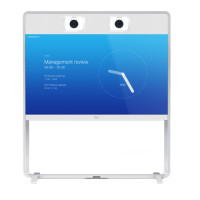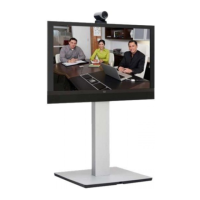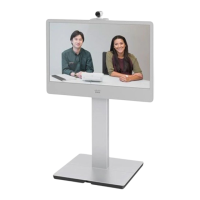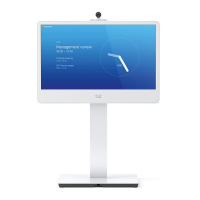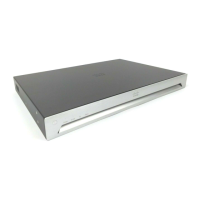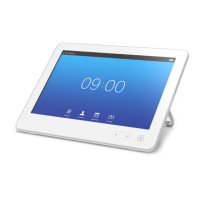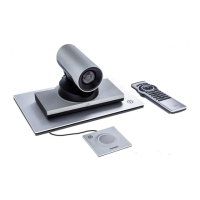D15335.02 Cisco TelePresence MX700 and MX800 API Reference Guide CE8.0, FEBRUARY 2016.
Copyright © 2016 Cisco Systems, Inc. All rights reserved. 147
Cisco TelePresence MX700 and MX800
API Reference Guide
xStatus Conference DoNotDisturb
Shows whether DoNotDisturb mode is switched on or not.
Value space of the result returned:
Active/Inactive
Example:
xStatus Conference DoNotDisturb
*s Conference DoNotDisturb: Inactive
** end
xStatus Conference Line [n] Mode
Indicates whether the system is configured as private or shared line on CUCM.
Value space of the result returned:
Shared/Private
Example:
xStatus Conference Line Mode
*s Conference Line 1 Mode: Private
** end
xStatus Conference Multipoint Mode
Shows how the Multipoint video conferences are handled.
Auto: The multipoint method available will be choosen automatically; if none are available the
Multipoint Mode will automatically be set to Off. If both MultiWay and MultiSite are available, the
MultiWay service takes priority over the built-in MultiSite.
Off: Multiparty conferences are not allowed.
MultiSite: Multiparty conferences are set up using the built-in MultiSite feature. If MultiSite is
chosen when the MultiSite feature is not available, the Multipoint Mode will automatically be set
to Off.
CUCMMediaResourceGroupList: Multiparty conferences (ad hoc conferences) are hosted by
the CUCM configured conference bridge. This setting is provisioned by CUCM in a CUCM
environment and should never be set manually by the user.
Value space of the result returned:
Auto/CUCMMediaResourceGroupList/MultiSite/Off
Example:
xStatus Conference Multipoint Mode
*s Conference Multipoint Mode: "Auto"
** end
xStatus Conference Presentation CallId
Shows the identity of the system that sends the presentation.
Value space of the result returned:
Integer
Example:
xStatus Conference Presentation CallId
*s Conference Presentation CallId: 0
** end

